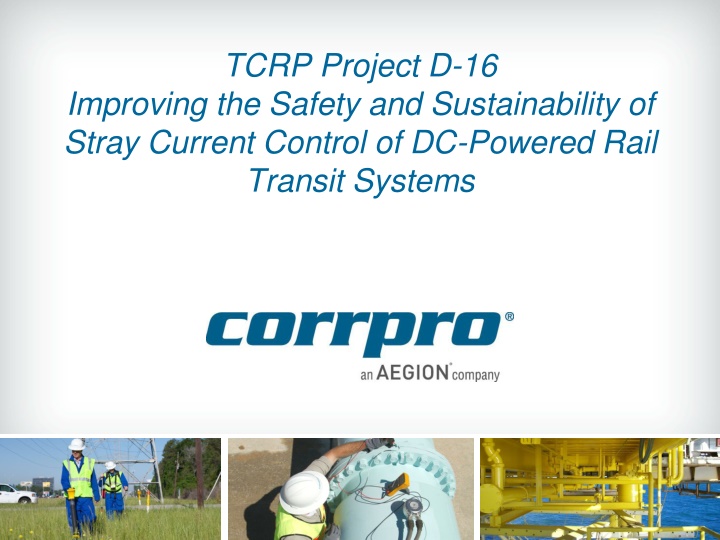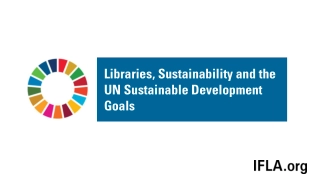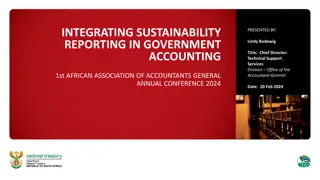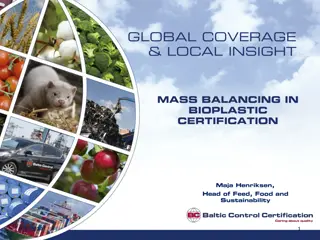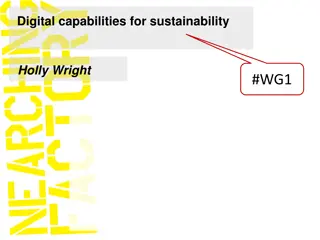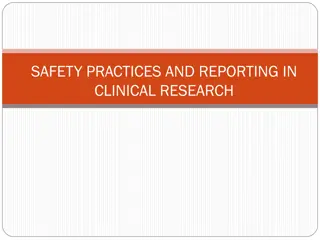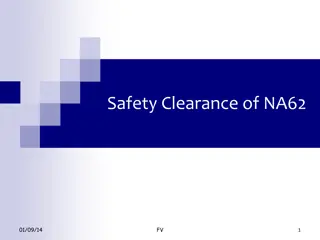Improving Safety and Sustainability of Stray Current Control
DC-powered rail transit systems face repairs due to poor isolation, leading to increased costs. The research aims to develop a guidebook to address stray current issues. Research phases include identifying knowledge, conducting surveys, and case studies.
Download Presentation

Please find below an Image/Link to download the presentation.
The content on the website is provided AS IS for your information and personal use only. It may not be sold, licensed, or shared on other websites without obtaining consent from the author.If you encounter any issues during the download, it is possible that the publisher has removed the file from their server.
You are allowed to download the files provided on this website for personal or commercial use, subject to the condition that they are used lawfully. All files are the property of their respective owners.
The content on the website is provided AS IS for your information and personal use only. It may not be sold, licensed, or shared on other websites without obtaining consent from the author.
E N D
Presentation Transcript
TCRP Project D-16 Improving the Safety and Sustainability of Stray Current Control of DC-Powered Rail Transit Systems
Research Team Principal Investigator (PI) Emer Flounders, PE Co-PI Saud Memon, PE 1
TCRP Project Panel Rufus Francis, Fairfield, California (Chair) Steven D. Bezner, Consultant Donald S. Carnell, Atkins North America Melvin Clark, LTK Engineering Services Kai A. Looijenga, TriMet William H. Moorhead, TRAMMCO, LLC Gerard J. Ruggiero, Jacobs Xianming Shi, Washington State University Robert S. Vail, AECOM Roy Wei Shun Chen, FTA Liaison Louis F. Sanders, APTA Liaison Scott Babcock, TRB Liaison Stephan A. Parker, TCRP Staff 2
Background DC-powered systems have been faced with serious repairs due to poor negative return rail isolation Necessitates repair of signal and traction power systems Stray current issues have caused the cost to DC-powered transit systems to increase steadily Specific criteria for numerous areas is needed to make decisions concerning the costs and implementation of control measures 3
Research Objective / Approach Develop the Guidebook on design and sustainability of stray current control Address the questions like: What is stray current? How do I know I have it? What do I do to mitigate it? What levels of stray current are acceptable? What levels of rail-to-earth potential are acceptable? What levels of track-to-earth and rail-to-rail resistance are required? How large is the transit corridor for protection? What maintenance testing is required? How is it conducted? What costs and safety issues are related to signal system failure? 4
Research Objective / Approach cont Research was divided into 2 Phases and each phase had several tasks Phase 1 Tasks Task 1: Identify the body of knowledge Task 2: Conductsurvey of DC-power rail transit operators Task 3: Identify six transit agencies case studies Task 4: Identify metrics for effective stray current control Task 5: Prepare Interim Report 5
Phase 1 Research Results Body Of Knowledge National and International Resources Technical Journals Conference Papers Transit Agency Design Criteria Documents International Standards Related Reports by Transit Agencies, Consultants, and Organizations Transit Agency Test Results and Maintenance Documents 6
Phase 1 Research Results Body Of Knowledge Transit Agency Criteria Documents - Sample Transit Agency Houston METRO Phoenix METRO Denver RTD New York City Transit Authority Seattle, Sound Transit Utah Transit Portland, Oregon Washington DC Title METRO Design Criteria Manual METRO Design Criteria Manual Design Guidelines & Criteria Corrosion Control Manual Link, Design Criteria Manual UTA Design Criteria Manual Tri Met Design Criteria DC Streetcar Design Criteria 7
Phase 1 Research Results Body Of Knowledge International Standards - Sample Standard BS EN 50162:2004 Description Protection against corrosion by stray current from direct current systems Fixed installations Electrical safety, earthing and the return circuit Part 1 BS EN 50122-2:2010 Fixed installations Electrical safety, earthing and the return circuit Part 2 BS 7430:2011 Code of Practice for Protective Earthing of Electrical Installations EP 12 30 00 01 SP Electrolysis from Stray dc Current RailCorp, Engineering Standard Electrical, Version 3.0 SPG 0709 Traction Return, Track Circuits and Bonding RailCorp, Engineering Standard Electrical, Version 2.5 BS EN 50122-1:2011 8
Phase 1 Research Results Conduct Survey Developed two surveys Short Survey Check Box approach (16 questions) Long Questionnaire Fill In approach (51 questions) Short Survey was to act as funnel for Long Questionnaire ( more detailed questionnaire ) 9
Phase 1 Research Results Conduct Survey cont 200 APTA Contacts 28 Corrpro & Arup Contacts 19 NAS Panel Contacts 8 referrals from Short Survey 255 CONTACTS 29 Short Surveys RECEIVED 11% 29 Committed to Long Questionnaire 5 Long Questionnaires RECEIVED 17% of Short Survey 2% of the total 2 Asked to remain anonymous 10
Authorized to proceed to Phase 2 to develop the Guidebook Grouping the questionnaire responses with consultant interviews, literature review, and personal experience, the research team had a sufficient body of knowledge to form conclusions and develop A Guide to Stray Current Control (SCC) of Direct Current (DC) Powered Rail Transit Systems 11
Phase 2: Develop A Guide to Stray Current Control (SCC) of Direct Current (DC) Powered Rail Transit Systems Task 6 Guideline Development Provide list and definition of guidelines Provide a summary of the literature review Consider Guidebook formats Task 7 Guidebook Preparation Provide initial draft of Guidebook for internal review Task 8 Final Report Submit draft document Allow panel review & incorporate comments Submit final document 12
A Guide to Stray Current Control (SCC) of Direct Current (DC) Powered Rail Transit Systems: Literature Review Corrosion and Corrosion Rate Stray Current and Stray Current by Transit Systems Traction Power Soil Resistance Corrosion and Earth Conduction DC Traction System Grounding (Earthing) Effects of Stray Current on People and Animals History of Stray Current Corrosion and Methods of Mitigation 1890s to 1950s 1960s to 1990s 2000s to the Present Rails Sections and Rail Boot Design Criteria and Standards 13
Stray Current Control (SCC) Design, Mitigation, and Testing of DC Rail Transit Systems: Current Practices Transit Agency Surveys Transit Agency and Corrosion Consultant Interviews Transit Agency Essentials and Corrosion Issues: 4 Case Studies 14
Stray Current Control Provisions on DC Transit Systems: Recommended Practices Design Essentials Baseline Survey Traction Power Model Track Design Stray Current Control (SCC) Control at Source & Isolation Techniques Mitigation Stray Current Collection Maintenance and Testing Program Coordination and Communication Maintenance Testing Design Criteria Document for the Transit Agency 15
A Guide to Stray Current Control (SCC) of Direct Current (DC) Powered Rail Transit Systems Summary Guidebook for the Transit Cooperative Research Program (TCRP) Guidance on Design and Maintenance of Stray Current Corrosion Baseline Survey Step by Step Process Standard Testing Methods and Acceptable Stray Current Limits Standardization of Testing Program and its Frequency 16
